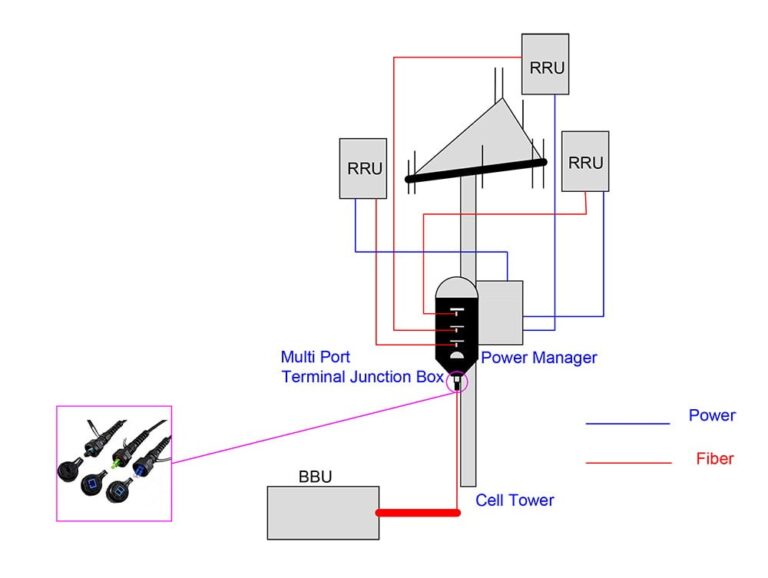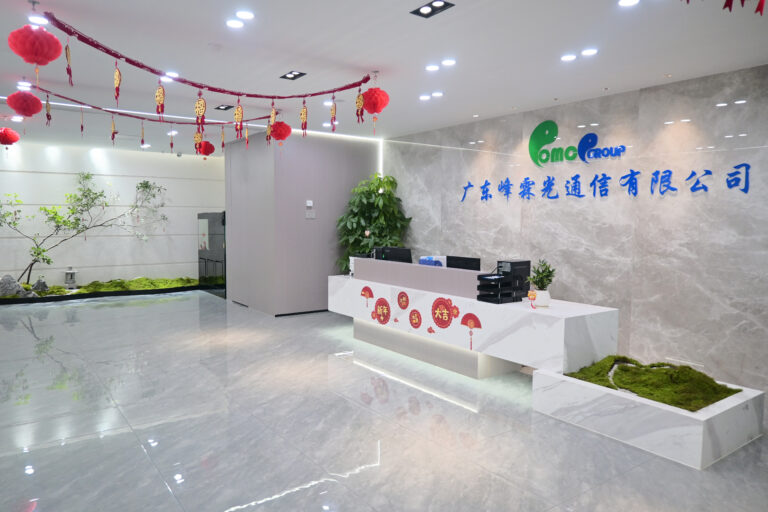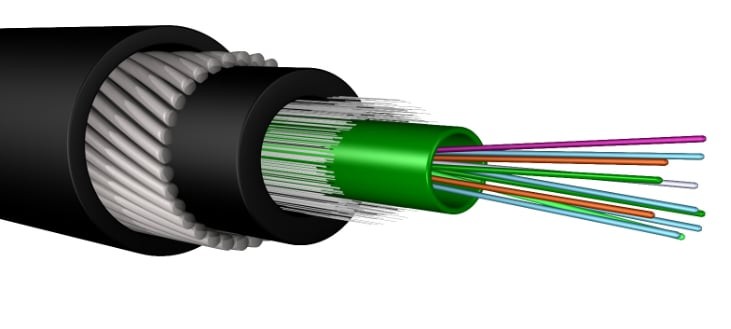In today’s rapidly evolving digital landscape, the need for high-speed data transmission has never been more pronounced. Efficient data transfer is crucial as we rely on the internet and other digital communication systems for everything from video streaming to online gaming. Fiber-optic cables are one technology that has revolutionized how we communicate over long distances. These cables are the backbone of modern optical communication, enabling the rapid transmission of information across the globe.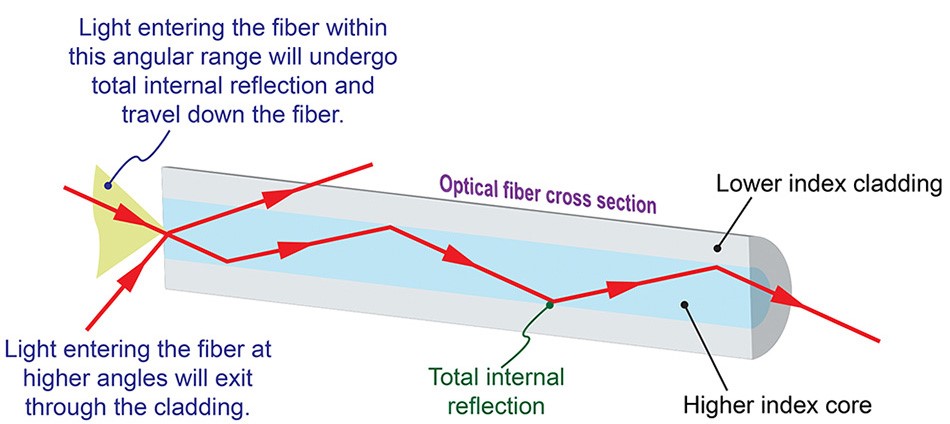
How Fiber-Optic Cables Work
Fiber-optic cables are designed to transmit information in the form of light. These cables are composed of extremely thin strands of glass or plastic, known as optical fibers, which are capable of carrying light signals over long distances. The core of each optical fiber is surrounded by a cladding layer that reflects light into the core, ensuring that the light signal remains within the fiber. This allows the signal to travel with minimal loss, even over long distances.
The process of transmitting information through fiber-optic cables begins with the conversion of electrical signals into light signals. This is done using a laser or a light-emitting diode (LED). The light signals are then sent through the optical fibers, where they bounce off the cladding and travel down the length of the cable. At the receiving end, these light signals are converted back into electrical signals, which can then be processed by computers and other devices.
One of the key reasons why fiber-optic cables can transmit information quickly over long distances is the speed of light. Light travels at approximately 299,792 kilometers per second, making it the fastest medium for data transmission. Additionally, because optical communication uses light rather than electrical signals, it is not susceptible to electromagnetic interference, which can slow down or disrupt data transmission in traditional copper cables.
Advantages of Optical Communication
Optical communication, facilitated by fiber-optic cables, offers numerous advantages over traditional communication methods. These benefits make it the preferred choice for many applications, including internet connectivity, telecommunications, and data centers.
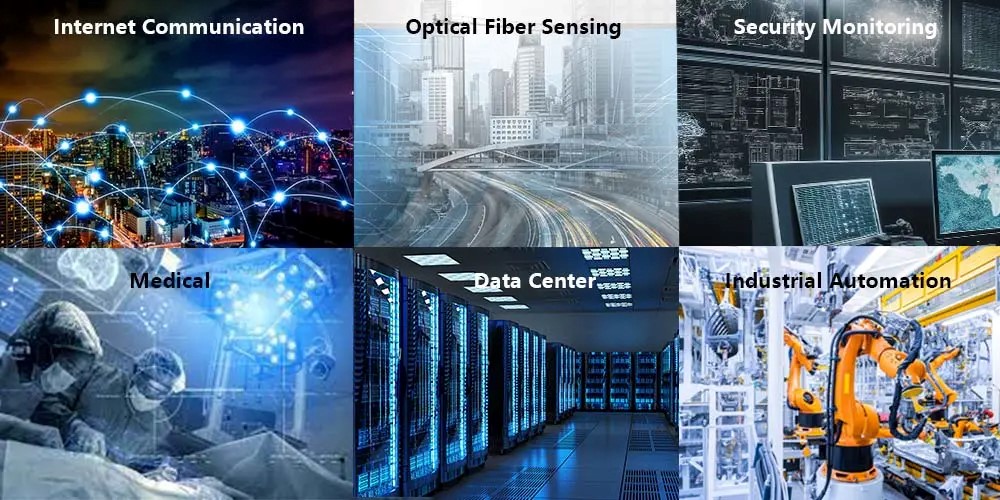
High-Speed Data Transmission
One of the most significant advantages of optical communication is its ability to transmit data at incredibly high speeds. The use of light signals allows for data to be sent and received almost instantaneously, making it ideal for applications that require real-time communication, such as video conferencing and online gaming. Additionally, fiber-optic cables can carry large amounts of data simultaneously, further enhancing their efficiency and speed.
Long-Distance Communication
Another advantage of optical communication is its effectiveness over long distances. Unlike traditional copper cables, which suffer from signal loss and degradation over long distances, fiber-optic cables can transmit data without significant loss of signal quality. This makes them ideal for use in undersea cables that connect continents, as well as in large-scale telecommunications networks that span entire countries.
Immunity to Electromagnetic Interference
Optical communication is immune to electromagnetic interference, which can disrupt data transmission in traditional copper cables. This is particularly important in environments where there is a lot of electrical noise, such as industrial settings or areas with a high concentration of electronic devices. By using fiber-optic cables, companies can ensure that their communication networks remain reliable and stable, even in challenging conditions.
Enhanced Security
Fiber-optic cables offer a higher level of security compared to traditional communication methods. Because optical communication uses light signals, it is more difficult for unauthorized individuals to tap into the communication lines without being detected. This makes it an ideal choice for transmitting sensitive information, such as financial data or government communications.
Scalability and Future-Proofing
As data demands continue to grow, optical communication offers a scalable solution that can accommodate increasing bandwidth requirements. Fiber-optic networks can be easily upgraded by adding more fibers or using advanced technologies like Dense Wavelength Division Multiplexing (DWDM), which allows multiple light signals to be transmitted simultaneously on a single fiber. This makes optical communication a future-proof technology that can adapt to the evolving needs of the digital age.
In conclusion, the rapid transmission of information over long distances is made possible by fiber-optic cables, which are the backbone of modern optical communication. The advantages of optical communication, including high-speed data transmission, long-distance communication, immunity to electromagnetic interference, enhanced security, and scalability, make it an essential technology in today’s digital world. As companies like OMC continue to innovate and develop new solutions in the field of optical communication, we can expect even greater advancements in the speed, efficiency, and reliability of global communication networks.
Contact us today!


